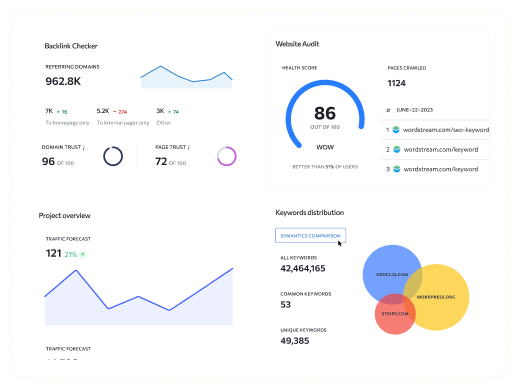When managing a multi-location website, ensuring that your content is properly indexed and displayed in search engine results is crucial. One way to achieve this is by creating an XML sitemap with hreflang tags. Here’s a user-friendly guide on the four steps to do just that:
Step 1: Understand Hreflang Tags
Hreflang tags are HTML attributes used to indicate to search engines which language and regional content versions exist for a webpage. They help search engines serve the most relevant content to users based on their location and language preferences.
Step 2: Plan Your XML Sitemap Structure
Before diving into creating your XML sitemap, it’s essential to plan the structure. Identify all the different language and regional versions of your website and determine how they will be organized within the sitemap.
Step 3: Generate Your XML Sitemap
Once you have a clear plan, you can generate your XML sitemap. There are various tools available online that can assist in generating XML sitemaps. Ensure that each URL in the sitemap includes the appropriate hreflang tags pointing to the corresponding language and regional versions of the content.
Step 4: Submit Your XML Sitemap to Search Engines
After generating your XML sitemap, it’s time to submit it to search engines like Google, Bing, and others. Most search engines provide webmaster tools where you can submit your sitemap directly. This ensures that search engines are aware of all the language and regional versions of your content.
Note: Read Our Latest Glossaries:
how to calculate beta | what is a gui | file transfer protocol | blackhatworld | cost per acquisition | engagement rate calculator | what is a coa | Customer Lifetime Value (CLTV) | Calculate YouTube Revenue | altavista search engine | sem copy optimisation
Frequently Asked Questions
Q1. What are hreflang tags, and why are they important?
Ans: Hreflang tags are HTML attributes that specify the language and regional targeting of a webpage. They are important for multi-location websites as they help search engines serve the most relevant content to users based on their language and location preferences.
Q2. How do I determine the language and regional versions of my website?
Ans: Start by identifying the languages spoken by your target audience and the regions you serve. You can then create content versions tailored to each language and region.
Q3. Can I manually add hreflang tags to my website?
Ans: Yes, you can manually add hreflang tags to your website’s HTML code. However, for larger websites with many pages and multiple language versions, using automated tools or plugins may be more efficient.
Q4. Are there any common mistakes to avoid when creating XML sitemaps with hreflang tags?
Ans: One common mistake is incorrectly implementing hreflang tags or forgetting to include them altogether. It’s essential to ensure that each URL in the XML sitemap has the appropriate hreflang tags pointing to the corresponding language and regional versions of the content.
Q5. How often should I update my XML sitemap with hreflang tags?
Ans: It’s a good practice to update your XML sitemap whenever you add new language or regional versions of your content or make significant changes to existing pages. Regularly updating your sitemap ensures that search engines are aware of all the relevant content versions on your site.





